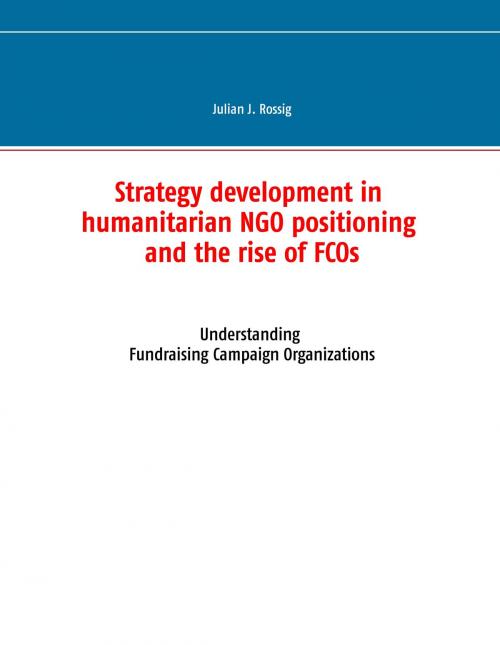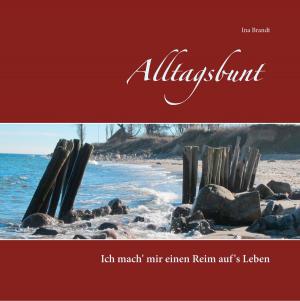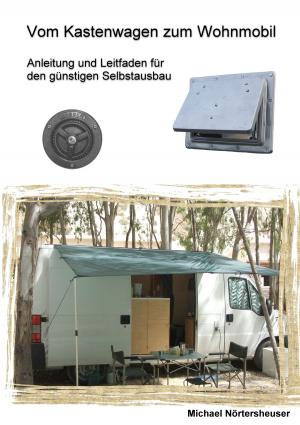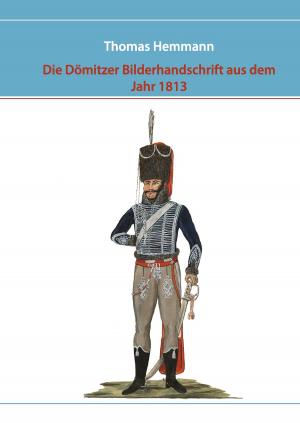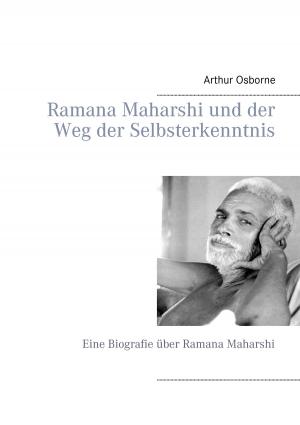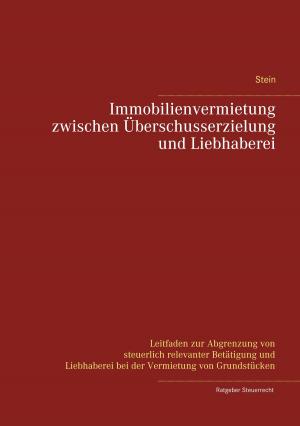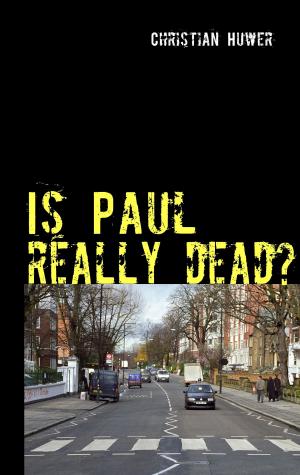Strategy development in humanitarian NGO positioning and the rise of FCOs
Understanding Fundraising Campaign Organizations
Business & Finance, Management & Leadership, Management| Author: | Julian J. Rossig | ISBN: | 9783741265068 |
| Publisher: | Books on Demand | Publication: | August 4, 2016 |
| Imprint: | Language: | English |
| Author: | Julian J. Rossig |
| ISBN: | 9783741265068 |
| Publisher: | Books on Demand |
| Publication: | August 4, 2016 |
| Imprint: | |
| Language: | English |
As competition over donations for humanitarian aid projects intensifies, traditional German NGOs come under additional pressure from an unlikely side: A new breed of aggressively expanding market entrants monopolizes distribution channels, thus obtaining a significant market share. Lacking any own aid projects, however, these organizations distribute the raised donations to traditional NGOs. This unusual set-up leaves NGO executives searching for a strategic response: While the new competitor’s funding is clearly a welcome treat, the competitive aspect is much less pleasing. This study revisits contemporary approaches to positioning strategy formulation, deducing a systematization of fundraising campaign organizations (FCOs) and offering helpful recommendations for NGO executives.
As competition over donations for humanitarian aid projects intensifies, traditional German NGOs come under additional pressure from an unlikely side: A new breed of aggressively expanding market entrants monopolizes distribution channels, thus obtaining a significant market share. Lacking any own aid projects, however, these organizations distribute the raised donations to traditional NGOs. This unusual set-up leaves NGO executives searching for a strategic response: While the new competitor’s funding is clearly a welcome treat, the competitive aspect is much less pleasing. This study revisits contemporary approaches to positioning strategy formulation, deducing a systematization of fundraising campaign organizations (FCOs) and offering helpful recommendations for NGO executives.
